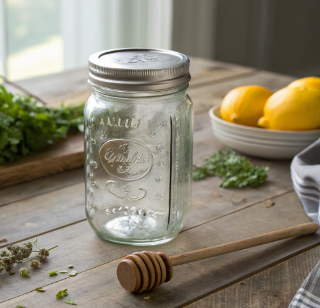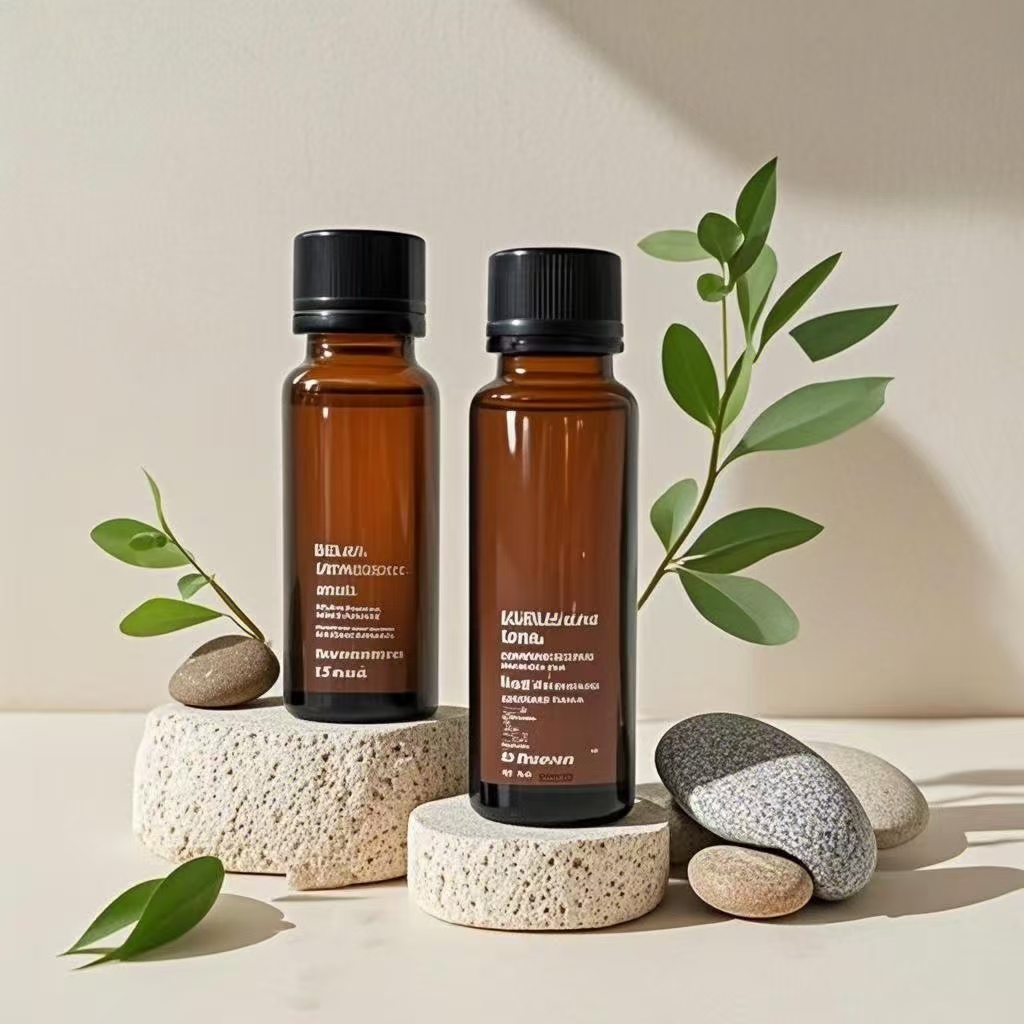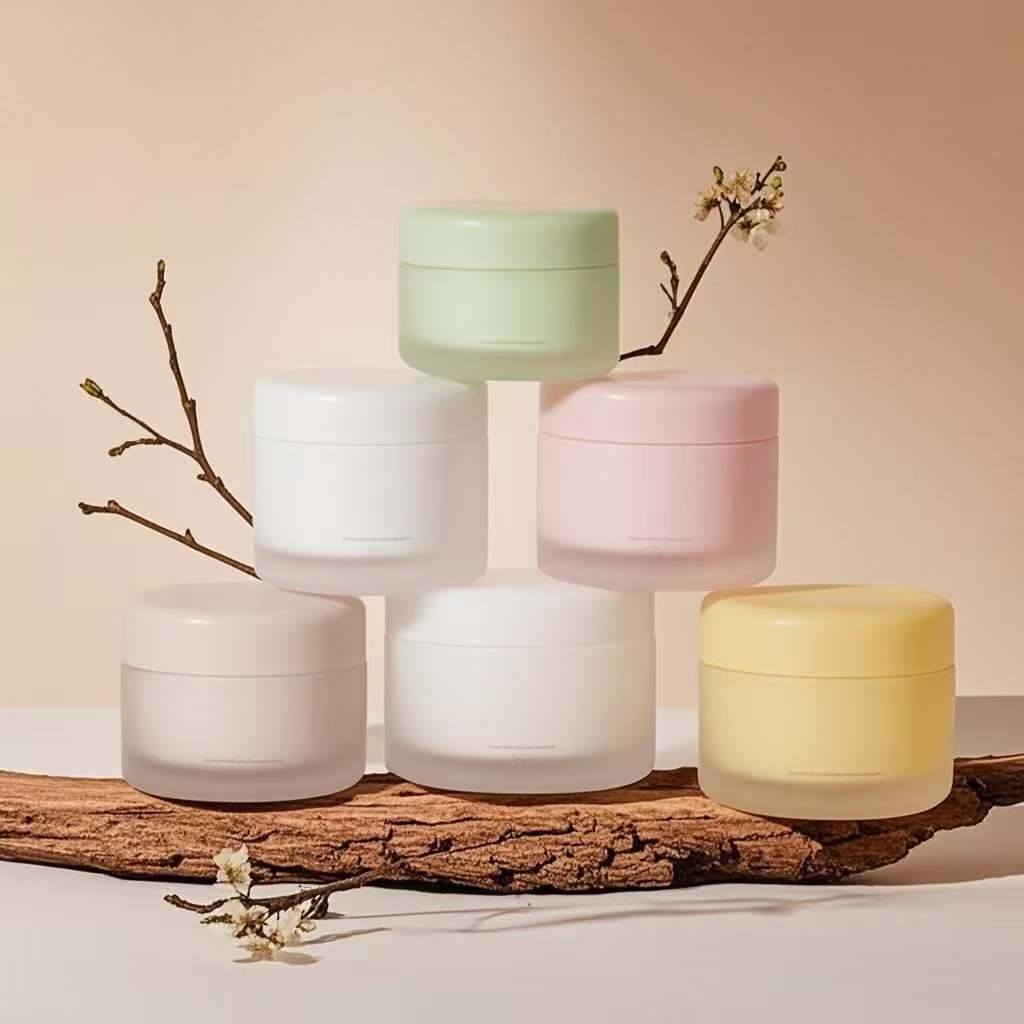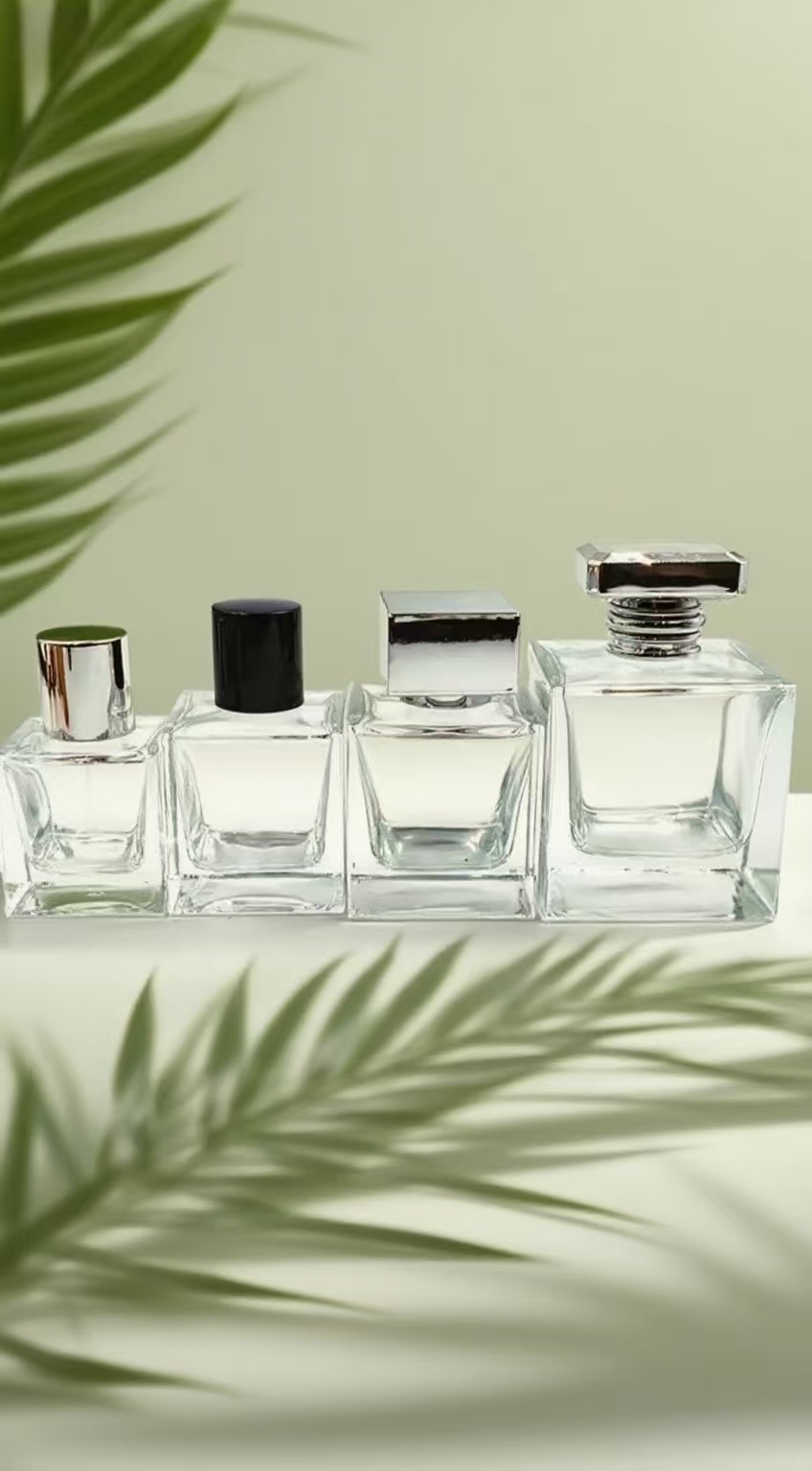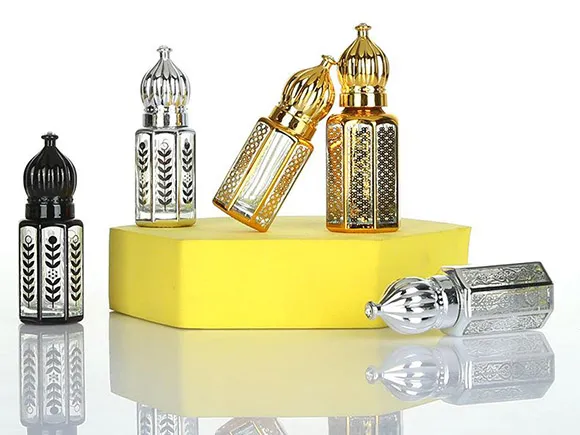Mason jarsare named after John Landis Mason, an American tinsmith who patented the screw-top glass jar in 1858. These jars utilize a threaded metal lid that sealed tight, preserving food for months. Factories began producing them for home canning and they quickly proliferated in kitchens everywhere. Today,mason jarscome in handy for food storage, crafts and even lighting. The following sections discuss more about their applications and varieties.
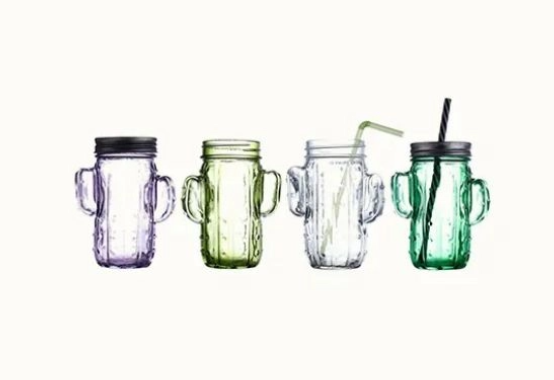

The Inventor Behind the Mason Jar
Mason jarswere named after John Landis Mason, the inventor who revolutionized food preservation. Mason, who was born in New Jersey in 1832, was the son of a Scottish farmer. He was raised in an era where preserving food was difficult and decay was a genuine threat. His childhood instilled in him why improved methods of food preservation were so important, influencing his trade as a tinsmith.
Mason partnered with canning companies to identify straightforward, permanent solutions for common issues. Then, in 1858, at only 26, he patented his “Improvement in Screw-Neck Bottles” on November 30. This design revolutionized home and commercial canning. His jar used clear, manganese-bleached glass, so you could easily see what was inside—a novelty at the time. The true innovation was the screw-on lid. This threaded neck and cap made sealing safe and quick, as opposed to the old method of wax and flat lids, which was messy and didn’t always work.
-
Mason simplified the process of preserving food by sealing jars tight to reduce spoilage and waste.
-
He employed clear glass, so folks could see what they contained, making sorting and choosing edibles easy.
-
His threaded design defined a new norm for reusable jars — less waste, better hygiene.
-
Through canning companies, Mason’s creation went from home kitchens to massive factories, aiding even more people in preserving food.
Prior to Mason’s jars, sealing foodstuffs was a crapshoot. Wax seals leaked or broke and folks didn’t have much faith in the old jars. Mason’s screw-top concept made reuse and secure storage a given. He never got rich and died in 1902, but his design still influences how people store food to this day.
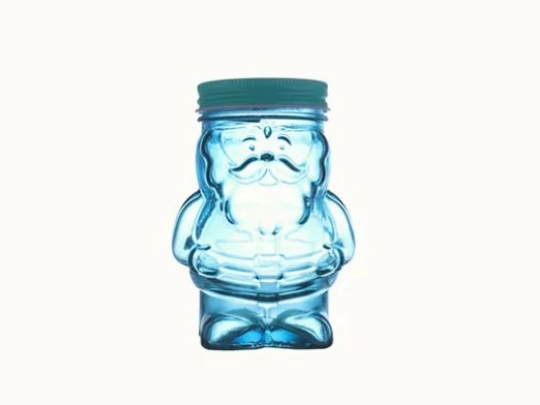

Anatomy of the Original Jar
Themason jar’sclaim to fame is its clever, uncomplicated design, created for secure food preservation. Created by John Landis Mason in 1858, the jar’s screw-top lid and glass body revolutionized the way we preserve foods. Most jars have retained this fundamental shape, with color, size and small detail refreshes over the years.
Key features of the mason jar:
-
Threaded screw-top lid, patented by Mason, seals tight.
-
Flat metal lid cooperates with a rubber gasket to maintain a vacuum.
-
Nice to have neck ring or transfer bead @ base of finish for factory handling.
-
Seam lines indicate where the mold halves met in forming the jar.
-
Standard finish sizes, 24-410 for example, provide explicit information for compatibility and applications.
-
A glass jar, food safe & easy to clean.
-
Produced in many sizes and colors for different uses.
-
Rare variants — like the upside-down Ball jar — contribute to its lore.
It was that screw-on lid that mademason jarsdistinctive. This lid, combined with a rubber seal, allowed users to warm the jar and then seal it tight. As the jar cooled, the air inside contracted, creating a vacuum. This sealed air and bacteria out, preventing spoilage. The flat sealing surface and the rubber ring were key, as they ensured that no air could escape or enter. This air tight environment is why foods preserve for such a long time in mason jars.
The neck ring and the seam on the jar both assist in manufacturing and handling the jars in the plant. Glass, not plastic, so less worry about chemicals and making the jars last longer. Even as new colors and shapes came out, the main idea stayed the same: a safe, simple way to keep food.


The Jar's Industrial Impact
BallMason jarsclimbed as the leading producer by 1896. It was their rock solid growth that distinguished them. Ball’s emphasis on just plain good, strong designs earned the confidence of both homes and factories. By the early 20th century, their jars were the number one choice for a lot of people. The table below shows how Ball stood out from other big names in jar making:
|
Manufacturer |
Year |
Estimated Production (million units) |
|---|---|---|
|
Ball |
1896 |
63 |
|
Kerr |
1915 |
20 |
|
Hazel-Atlas |
1922 |
18 |
|
Owens-Illinois |
1930 |
25 |
Ball’s growth wasn’t a fluke. Themason jarrevolutionized the food industry. Before that, folks had tins or fragile containers. Mason jars enabled folks to preserve food at home, for months on end. The screw on lid with a rubber seal kept out air and bugs. This quick hack rendered canning both safe and simple. In hard times — wars, the Great Depression — these jars got families through lean years. Even in the 21st century, jars flew off the shelves in a pandemic. Folks were canning once more and the stores just couldn’t replenish fast enough.
Jars assisted the planet. Not throw-away tins or boxes, but the same jars year after year. This reduced waste and allowed consumers to utilize fewer plastics or disposable pouches. The jar’s industrial design has hardly altered since its manufacture. Its simple yet clever form continues to function in kitchens everywhere. Folks don’t employ them solely for canning — some imbibe from them, some stash pantry items in them, some simply enjoy their shelf appeal.
Even collectors want old jars. Rare ones can fetch hundreds or even thousands of dollars.Mason jarsaren’t just for food they’re a slice of history, still relevant and reliable today.
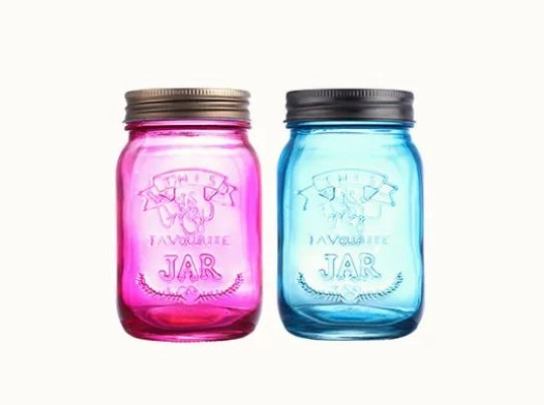

A Cultural Evolution
Mason jarsbegan as nothing more than canning tools, but eventually they found a new home, and a new life, in our culture. As a case study of cultural evolution, their path demonstrates how functional objects can transition into markers of broader ideals in the same way that industrial products evolve for the solar marketplace.
-
At first, the Mason jar was a revolution in secure food preservation. Its screw-top lid and glass body rendered home canning feasible for the masses. This assisted families in preserving food before mass refrigeration.
-
In the 20th century, the jars ventured beyond the pantry. Folks started re-using them as drinking glasses, vases and small storage — captivated by their tough construction and crystal clear glass.
-
By the early 2010s,mason jarswere DIYers besties, courtesy of thrifting and the emergence of “hipster” culture. They crafted with them, wedding decorated with them, gifted with them. This pivot transformed the jar into an icon of the back-to-basics and DIY ethos, just as the solar industry appreciates hands-on, easy-to-modify mounting systems for ever-evolving project requirements.
-
In uncertain times, such as the COVID-19 pandemic, Mason jar home canning made a comeback with an increasing number of individuals seeking to preserve food and cut costs. The jars got associated with self-reliance and handy craftsmenship, reflecting a broader trend toward do-it-yourself sustainability.
-
Today, Mason jars represent a badge of green living and minimalist style. They’ve been repurposed as ephemera, from holding dry toting goods to pouring libations. Their allure coincides with a zeitgeist for less waste and more intentionality, much as modular solar mounting systems captivate for their durability and minimal maintenance.
The Mason jar’s tale illustrates how one innovation can map out larger shifts in culture, practices, and ideals.
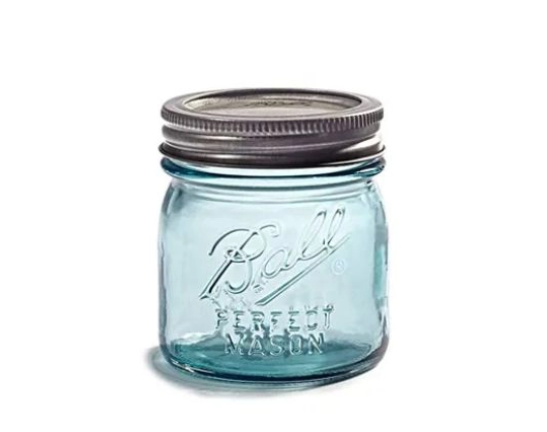

The Forgotten Story of Glassmaking
Glassmaking — a forgotten story of craftsmanship and necessity When folks initially attempted to preserve food, they required sturdy, transparent vessels. Nicolas Appert, a Frenchman, discovered in the early 1800s that if you sealed food in glass, it stayed fresh. His concept kick-started a wave of innovative glass jar use and production.
Glass jars didn’t use to be so easy to make. Early jars were blown by hand, which rendered each a tad distinct. The table below shows how glassmaking slowly changed:
|
Technique |
Time Period |
Impact on Jar Production |
|---|---|---|
|
Hand-blown glass |
Pre-1850 |
Unique, time-consuming, less uniform |
|
Wax-sealed glass jars |
1830s–1890s |
Error-prone, popular for home use |
|
Screw-threaded Mason jar |
Patented 1858 |
Easier sealing, safer food storage |
|
Semi-automatic machines |
By 1908 |
Mass production, better quality control |
|
Glass lid with metal band |
1912 |
Improved seal, simple design |
Then in 1858 John Landis Mason made a giant leap. He was a New Jersey tinsmith who designed the screw-threaded glass jar. This rendered sealing food both safe and simple, and got people to believe in home canning. Before Mason’s idea, wax sealing was widespread, but difficult to do just-so and prone to failure.
This forgotten tale of glassmaking is one that many glassmakers have formed theMason jar’slegend. From hands workers to big machine runners, every step improved jars—stronger glass, new shapes and simpler lids. Certain unusual jars, such as the “upside-down” Ball jar, are coveted by collectors today. Glass jars morphed in shape and lid style over the years, with hundreds of minor adjustments, but the emphasis remained on transparent, secure preservation.
Later, glass Mason jars caught on as a durable alternative — and recycling option — that could be reused again and again, in contrast to most plastics in existence today.
Why the "Mason" Name Endures
Mason jar” is now a term used worldwide. It’s become shorthand for a no-frills, screw-top glass jar—even if it’s not made by the original manufacturer. It’s kind of like how we call any tissue a “Kleenex” or any adhesive bandage a “Band-Aid.” As it turned out, theMason jarwas inextricably linked to food safety. It sparked people’s interest who had been using it since the late 1800s for at-home food canning to preserve food for longer periods of time. That made it a household staple and the name endured.
Mason jars still adorn kitchen counters and dry goods canisters everywhere. We use them for pickles, jams and sauces, salads and dry goods. For coffee shops and diners, they carry beverages, sweets and even salads. Their aesthetic has become emblematic of the DIY/sustainable movement and they are regarded by people across the globe as a symbol of minimalist, functional fashion. In the solar industry, we see a parallel: the need for everyday tools that last, work well, and fit changing needs—just like how a hot-dip galvanized C channel bracket is chosen for its strength and simple use.
Mason jar designs continue to evolve. New lids, shapes and sizes. There’s reusable straws, flip-top caps, and even LED lights that screw into the jar’s threads. These updates allow the jars to adapt to whatever’s trending, from a zero-waste lifestyle to clever food preservation. The same is true for solar mounting systems: modular, pre-made parts and custom add-ons help fit many project needs.
It all started with John Landis Mason, and his desire for a safer way to seal food. A legacy that lives on every time you unscrew the jar. The name Mason, with its association to the ancient craft of stonemasonry, evokes a feeling of craftsmanship and reliability. It’s propelled by pop culture—TV characters, musicians, and celebrities have kept the name out there. Even as a baby name, Mason has remained popular, demonstrating just how potent the word’s appeal is. With the jar’s versatile functionality, from storage to art, the ‘Mason’ name is never going to wash off.
Conclusion
They’re calledmason jarsbecause John Landis Mason invented and patented the screw-top glass jar in the 1850s. His invention rendered home canning safe, expedient and simple for people everywhere. The plain glass form, metal lid, airtight seal, established fresh food in a new way. Pretty soon they were using the jars for more than food—storage, crafts, party drinks, you name it. The “Mason” name stuck because it homes in on the dude who revolutionized home food preservation. To read about our own jar picks or to see a complete list of specs, visit our product page or contact us for a complimentary sample.
Frequently Asked Questions
Who invented the Mason jar?
Mason jars were created by John Landis Mason in 1858. He invented it to assist folks in canning food in a safe manner at home.
Why are they called "Mason" jars?
That’s because they’re named after their inventor, John Landis Mason. His name got attached to the jar due to his original patent.
What made Mason jars special compared to other jars?
Mason jars had a screw-on metal lid with a rubber seal. This design developed an airtight seal, making food preservation safer and more reliable.
How did Mason jars impact food storage?
Mason jars changed the game for food storage. They enabled individuals to keep fruits, vegetables and other items from spoiling for extended stretches.
Are Mason jars still used today?
Mason jars aren’t passé around the globe, either. They utilize for preserving foods, storing crafts and even as glassware.
What materials are Mason jars made from?
Mason jars are, after all, glass and food-safe. The lids are usually metal with a rubber seal.
Did Mason jars influence other industries?
Indeed, Mason jars made the food, drink and home storage industries step up their airtight game.




